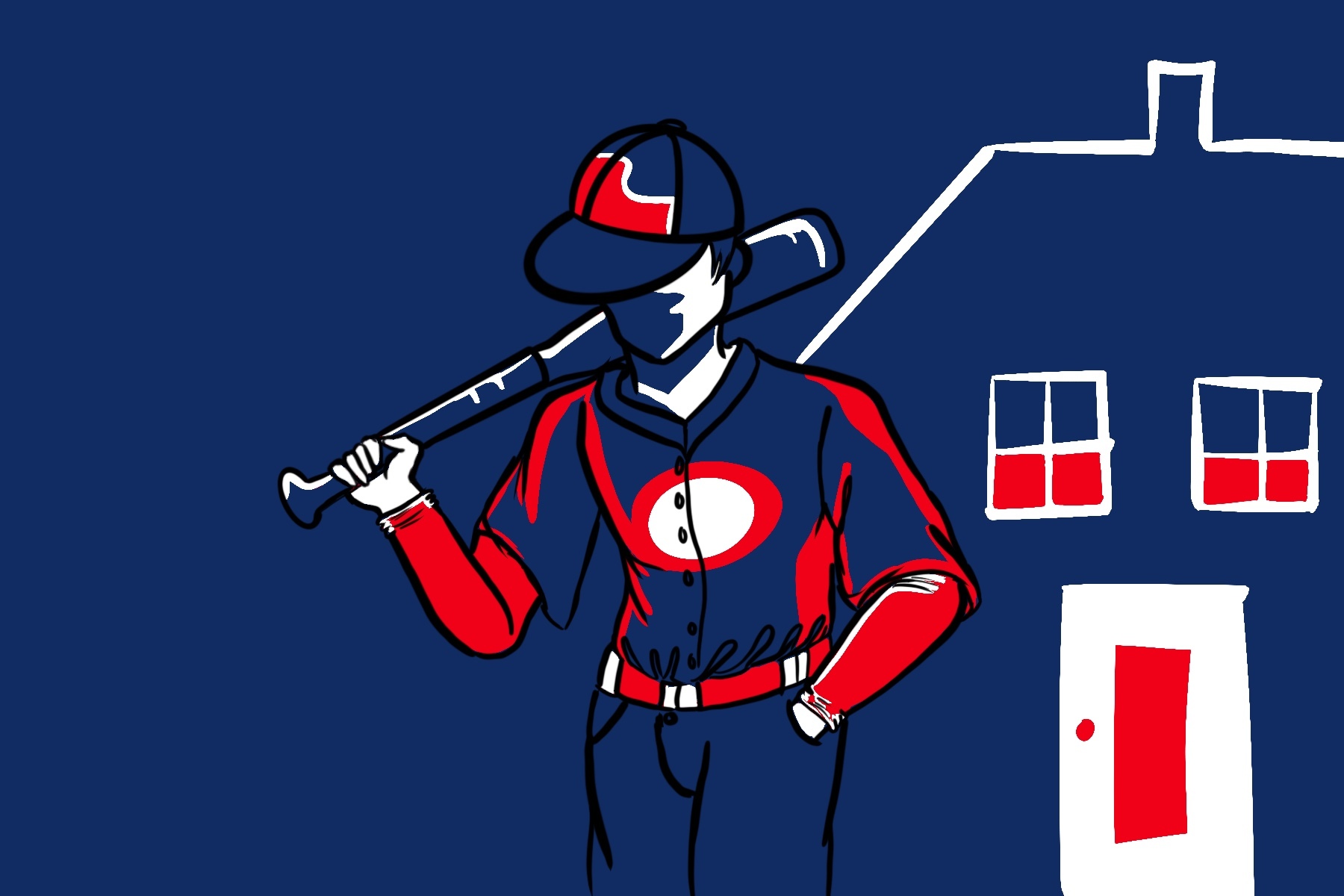After decades of sleeping in cars, inflatable rafts, and whatever’s in between, Minor League Baseball (MiLB) players finally have a paid-for place to sleep. And it’s about damn time.
Last September in Brooklyn, Mets and Phillies minor leaguers organized to protest low minor league wages and inadequate living conditions in the first-ever collaborative protest in MiLB history. Seven months before the unprecedented protest, Major League Baseball (MLB) announced that it was increasing the pay scale for minor leaguers as follows:
Rookie/short-season: $400 weekly (formerly $290)
Single-A: $500 weekly (formerly $290)
Double-A: $600 weekly (formerly $350)
Triple-A: $700 weekly (formerly $502)
Some raise, right? With these raises, player salaries increased 38-76%, which is a decent start but not nearly enough, considering that minor leaguers play five months of the year and are subsequently left without a salary when the season concludes. Players are often forced to pick up part-time jobs in the off-season to cover bills that don’t end when the season does.
Regardless, the High-A (third-highest level of play for Minor League Baseball players) affiliates of the Mets and Phillies were quickly rewarded by MLB team owners for their courageous protest. Soon after the rally, the MLB’s 30 team owners unanimously agreed to provide housing for minor leaguers across all four minor league levels three days after the September protest.
It should be noted that players did not receive an additional salary bump with the announcement, despite that issue being the primary focus of the protest. This is especially troublesome when you consider that baseball is dead last among the major sports in America regarding paying their developmental talent.
For example, the minimum salary for the National Basketball Association’s (NBA) G-League (the NBA’s only developmental league) is $7,400 per month, equating to $37,000 for a five-month season. In comparison, Triple-A (highest level of Minor League Baseball players) baseball players still earn a fraction of that — $14,700 for five months of work.
One could argue that it’s innately easier to pay G Leaguers (the NBA’s official minor league basketball organization) a livable wage due to the fewer players on their rosters (which is 10, compared to the 28 on MiLB rosters).
However, a comparative peek at the National Hockey League’s (NHL) minor league system quickly disproves this. Minor league hockey players in the American Hockey League (AHL), the NHL’s top developmental league, have had their union since 1968 and are guaranteed $52,000 for an 80-game schedule. Although AHL teams typically carry 23-25 players, they are paid livable wages and are additionally given $81 each day while on the road. For comparison’s sake, MiLB players are given $25 by the day for an entire weekend.
All that being said, providing minor leaguers with housing is a resounding victory for all parties involved, particularly for players who are still paid wages below the poverty line. Some of the stories that resulted from players’ housing situations are genuinely horrific, like former minor leaguer Dirk Hayhurst, who vividly recounted his experience for Bleacher Report.
“I didn’t have any means by which to cook raw food — no range, not even a microwave. I lived entirely off of peanut butter and jelly simply because it wouldn’t spoil, and it’s what I could afford.”
This story was from his time in Low A, the lowest level of minor league baseball, receiving the least pay. He told an even more appalling story from six years later when he reached the minor league’s top level, AAA:
“(We) used an ironing board for our kitchen table and sat on the carpet, cross-legged, watching internet videos courtesy of pirated internet from one of the apartment complex’s unsecured WiFi sources. All things considered, it wouldn’t have been so bad if the other two players weren’t married with kids. Women, children, three grown men — one bathroom.”
After reading horror stories like this one, which only provides a small glimpse into the life of a minor leaguer, it’s fair to wonder how these athletes could maintain themselves for peak performance over a five-month season.
With housing now guaranteed for all minor leaguers, the teams undoubtedly benefit by developing a more well-rested and well-fed group of players. And the players obviously benefit from having a guaranteed roof over their heads. Still, some minor leaguers justifiably aren’t satisfied with the new living conditions and claim that specific teams are just barely satisfying the new mandates.
On April 9, Advocates for Minor Leaguers — a nonprofit organization founded in 2020 to “provide a collective voice for Minor League baseball players” — tweeted this: “The new MLB housing policy ‘presents MLB teams the opportunity to cut costs rather than to provide proper housing,’ including by ‘putting two players in each bedroom’ and ‘refusing to accommodate the needs of players with spouses and families.’”
Per anonymous reports, some players taller than 6’0 are being crammed into twin-size beds. Even worse, some organizations force players to share a bedroom, even if he has a wife and kids.
“It’s tough to come home and be able to fully decompress after a long day,” an anonymous minor leaguer told The Athletic. “When you’ve got somebody three, four feet away from you the whole time.”
Unfortunately, some organizations like the Angels have been reluctant to fulfill the new mandates. Other organizations, like the Orioles, are providing hope by going above and beyond the requirements. They’ve furnished each player with his own room and a queen-sized bed, which helps them save face from incidents like the one that occurred last summer when Orioles minor leaguers considered sleeping in their cars after being unable to afford to stay at the same hotel as their team.
By the looks of it, the MLB still has a long path ahead of them before they can be said to treat minor leaguers fairly. Teams are currently swimming in record-breaking revenue while players like Francisco Lindor sign $341 million deals. Simultaneously, feet are still hanging off the child-sized beds of some minor leaguers. Needless to say, there’s a flaw in the current system.
Still, minor leaguers no longer have to live with six others to afford rent. There will be no more sleeping on the floor, air mattresses or sleeping bags before having to play professional baseball. And that’s a resounding win.
















